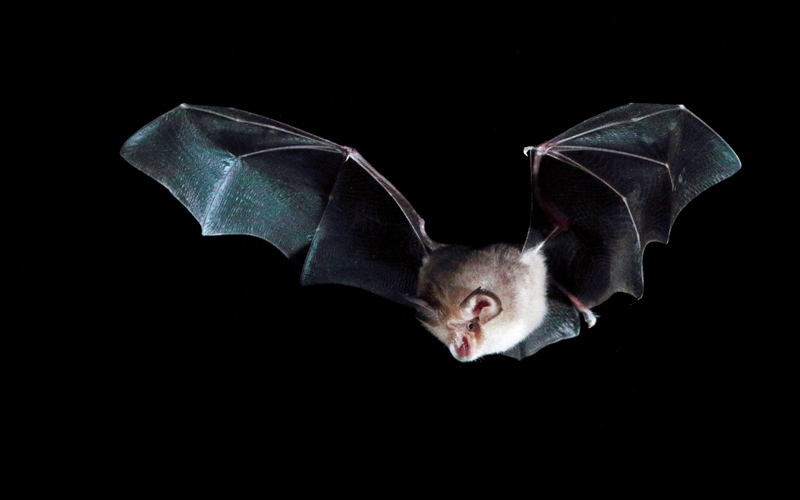Bats carry some of the deadliest zoonotic diseases that can infect both humans and animals, such as Ebola and COVID-19.

A research team has now revealed that some species of bats are protected against the viruses they carry because they commonly exchange immune genes during seasonal mating swarms.
“Understanding how bats have evolved viral tolerance may help us learn how humans can better fight emerging diseases,” said Dr Nicole Foley, from the Texas A&M School of Veterinary Medicine and Biomedical Sciences.
“As genomicists, our work often lays the groundwork for research by scientists who study virus transmission directly. They may be developing vaccines for diseases or monitoring vulnerable animal populations. We all depend on each other to stay ahead of the next pandemic.”
She added: “Several bat species are tolerant of viruses that are detrimental to human health, which means they become reservoirs for disease – they carry the viruses, but don’t develop symptoms.”
The team collaborated with researchers from Ireland, France and Switzerland to sequence the genomes of 60 bat species.
This allowed them to figure out which parts of the DNA represented the species’ true evolutionary history and which parts arose from hybridisation.
The researchers then examined the genetic code and found that immune genes were some of those that were most frequently exchanged between species while swarming.
“Swarming behaviour has always been a bit of a mystery for researchers,” Foley said. “Now we have a better understanding of why this particular behaviour evolved — perhaps to promote hybridisation, which helps spread beneficial immune gene variants more widely throughout the population.”
Image Credit | iStock



